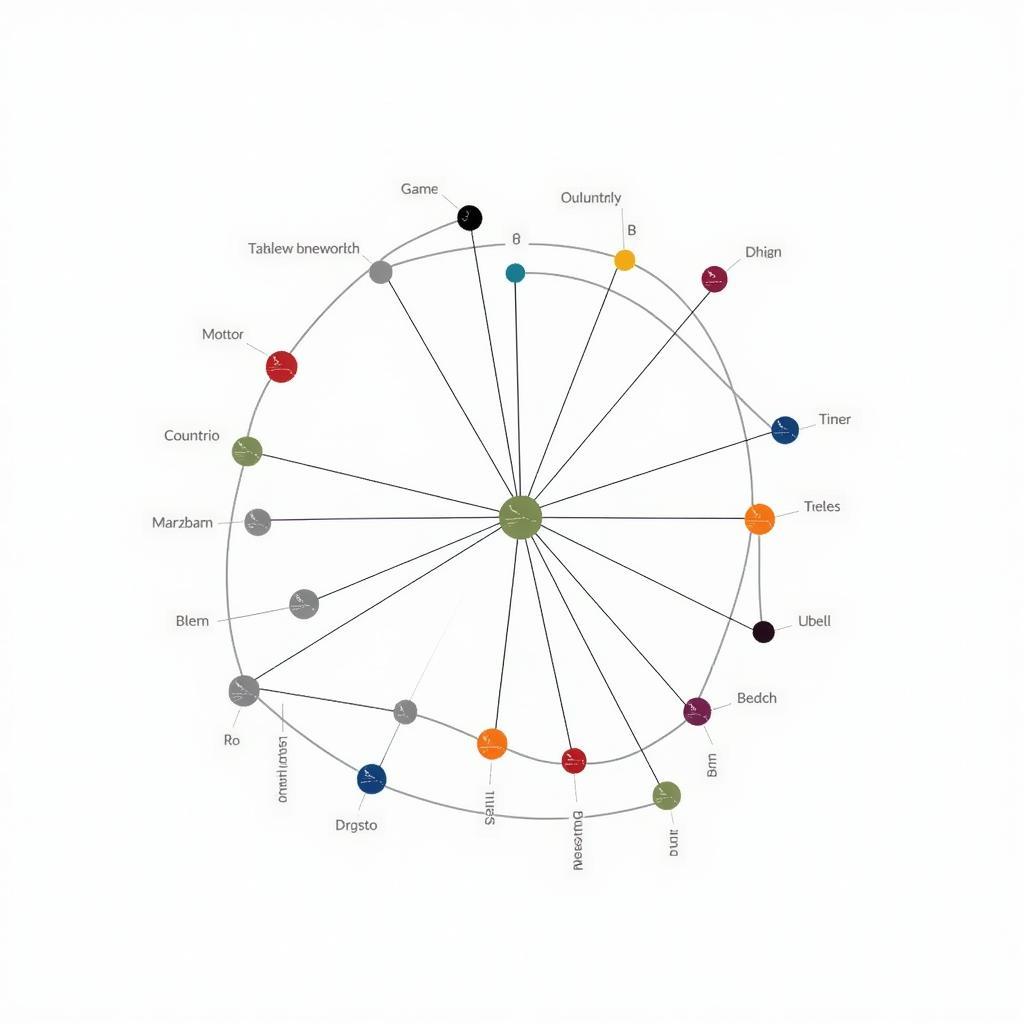The Association of Southeast Asian Nations, or ASEAN as it’s more commonly known, is a political and economic union of 10 member states in Southeast Asia. Established on August 8, 1967, by Indonesia, Malaysia, the Philippines, Singapore, and Thailand, ASEAN has since expanded to include Brunei, Vietnam, Laos, Myanmar, and Cambodia. But what is ASEAN’s purpose, and why should you care?
Fostering Cooperation and Collaboration
At its core, ASEAN promotes collaboration and cooperation among its member states. This takes many forms, from economic integration and trade facilitation to socio-cultural cooperation and regional security. Through dialogue, agreements, and initiatives, ASEAN aims to address shared challenges, enhance regional stability, and improve the lives of its citizens.
ASEAN: A Driving Force for Economic Growth
One of ASEAN’s key achievements has been its role in fostering economic growth and integration within the region. By lowering trade barriers, promoting investment, and facilitating the movement of goods, services, and people, ASEAN has created a dynamic economic bloc. This has resulted in significant economic development for member countries and made Southeast Asia an attractive destination for foreign investment. In fact, did you know that the GDP of ASEAN countries 2023 showcases the bloc’s impressive economic performance?
ASEAN’s Role in Global Geopolitics
ASEAN also plays an important role in the global geopolitical landscape. As a bloc of nations with a combined population of over 650 million people and a diverse range of resources, ASEAN is a significant player on the world stage. The organization engages in dialogue and cooperation with other regional and international organizations and plays an active role in promoting peace, security, and stability in Southeast Asia and beyond.
Pillars of the ASEAN Community
To achieve its goals, ASEAN functions on a three-pillared structure:
- ASEAN Political-Security Community: This pillar focuses on promoting peace and stability in the region through political dialogue, conflict prevention mechanisms, and cooperation in areas like transnational crime and maritime security.
- ASEAN Economic Community: The economic pillar aims to create a single market and production base, enhance regional competitiveness, and promote equitable economic development across all member states.
- ASEAN Socio-Cultural Community: This pillar emphasizes the importance of human development, social justice, and environmental sustainability. It focuses on areas like education, healthcare, culture, and environmental protection.
ASEAN’s Impact on Everyday Life
While ASEAN might seem like a distant entity, its work has a tangible impact on the everyday lives of people in Southeast Asia.
- Easier travel: ASEAN citizens often enjoy visa-free travel within the region, making it simpler to visit family, study, work, or explore neighboring countries.
- Cheaper goods: The ASEAN Free Trade Area (AFTA) has reduced tariffs on a wide range of goods, leading to lower prices for consumers.
- Increased job opportunities: Economic integration has opened up new job markets and opportunities for people to work across Southeast Asia.
The Future of ASEAN
ASEAN continues to face challenges, including economic disparities among member states, territorial disputes, and the need to adapt to a rapidly changing global environment. However, the organization remains committed to its vision of a peaceful, stable, and prosperous Southeast Asia.
“ASEAN’s strength lies in its ability to bring together nations with diverse histories and perspectives to work towards a common goal,” says Dr. Maya Khin, a prominent Southeast Asian political analyst. “While challenges remain, ASEAN’s commitment to dialogue and cooperation provides a solid foundation for future progress.”
ASEAN: A Beacon of Hope
The story of ASEAN is one of resilience, cooperation, and progress. In a world often marked by division and conflict, ASEAN stands as a beacon of hope, demonstrating the power of regional integration and collaborative diplomacy. As ASEAN celebrates its 56th anniversary, it continues to strive towards its vision of a peaceful, prosperous, and people-centered Southeast Asian community.
Frequently Asked Questions about ASEAN
1. What does ASEAN stand for?
ASEAN stands for the Association of Southeast Asian Nations.
2. How many countries are in ASEAN?
There are 10 member states in ASEAN: Brunei, Cambodia, Indonesia, Laos, Malaysia, Myanmar, the Philippines, Singapore, Thailand, and Vietnam.
3. Where is the ASEAN Secretariat located?
The ASEAN Secretariat is located in Jakarta, Indonesia.
4. What is the purpose of ASEAN?
The main purpose of ASEAN is to promote political, economic, and socio-cultural cooperation among its member states.
5. How does ASEAN impact my life?
ASEAN initiatives affect various aspects of life in Southeast Asia, including easier travel, cheaper goods, and increased job opportunities.
6. Where can I learn more about the ASEAN Summit?
For more in-depth information about the ASEAN Summit, you can visit our dedicated page.
7. Are there opportunities for businesses to engage with ASEAN?
Yes, ASEAN actively encourages business partnerships and collaborations. You can explore initiatives like the ASE coupon 2019 for potential opportunities.
Explore Further
For insights into the technical aspects of collaboration, you can learn about the ASEA Relays and their role in regional infrastructure.
If you’re interested in the healthcare sector, the document on ADB ASEAN Mutual Recognition Arrangement on Dental Practitioners PDF provides valuable information.
Need Assistance?
For any inquiries or support regarding ASEAN matters, please don’t hesitate to contact us:
- Phone: 0369020373
- Email: aseanmediadirectory@gmail.com
- Address: Thon Ngoc Lien, Hiep Hoa, Bac Giang, Vietnam.
Our dedicated customer service team is available 24/7 to assist you.

